The celebration of Dhumavati Jayanti, also called “Dhumavati Mahavidya Jayanti,” commemorates the day that Goddess Dhumavati, an embodiment of Goddess Shakti, took on human form. It occurs on the eighth day of the Hindu month of June, known as “Jyestha,” during the “Shukla Paksha,” or brilliant moon fortnight. According to the English calendar, it falls between May and June, with the dates changing annually. Celebrated in honor of Goddess Dhumavati, who is regarded as the seventh of the ten Mahavidyas in Hindu mythology, Dhumavati Jayanti is an auspicious day for Hindus. She is also regarded as the angrier incarnation of Goddess Durga.
Traditions surrounding Dhumavati Jayanti
On this day, followers rise early to devote the entire day to worshiping Mata Dhumavati. It is best to carry out the primary puja ritual in a remote location. Flowers, incense sticks, and dhoop are used to honor the goddess. On this day, special “Prasad” is prepared. Offering black sesame seeds wrapped in black fabric to Devi on this day is said to have the power to fulfill wishes.
Special Devi mantras are performed during puja to appease Goddess Dhumavati and ask for Her grace to put an end to all of life’s suffering. Following the mantra recital, “aarti” is done, and family members and other devotees are given the Prasad.
Everybody who is devoted to Goddess Dhumavati is invited to participate in a unique procession that is planned for the night of Dhumavati Jayanti.
In order to acquire all materialistic prosperity, tantriks particularly worship Goddess Dhumavati with utmost devotion.
Married women are not allowed to worship Mata Dhumavati, according to customs. They can only get a distant view. For the protection of their spouse and sons, they adhere to this practice.
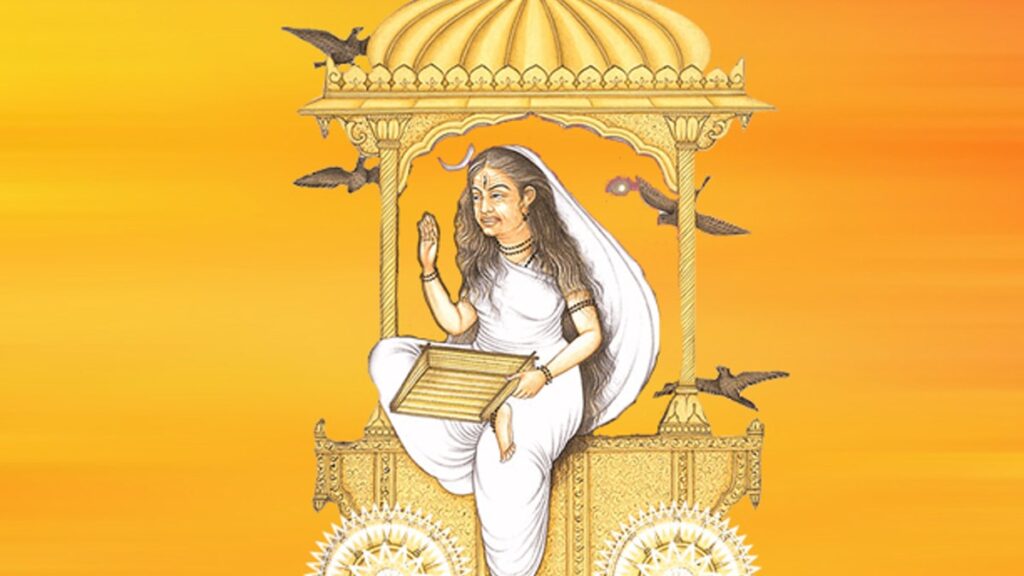
The significance of Dhumavati Jayanti
This lies in the Hindu tales that link Goddess Dhumavati to all bad things. Her appearance is thought to have occurred during the Cosmic disintegration period. Goddess Dhumavati is believed by some Hindu scholars to be the emptiness that existed before creation and after destruction. The Goddess is shown as an unattractive old lady riding a horseless chariot. She is also sometimes seen riding a crow. Symbolically speaking, Goddess Dhumavati exhorts her followers to put their faith in the Supreme Truth, which is the source of all beauty and ugliness, and to gaze past the material world.
Despite her frightening and terrible look, Mata Dhumavati is always a blessing to her offspring and came into this world to purge Earth of all sinners and demons. Saint Parshuram, Bhrigu, and Durvasa worshipped Goddess Dhumavati even in antiquity in order to obtain extraordinary abilities. She is revered as a protective deity in some areas. Tantric practitioners pray to Goddess Dhumavati in order to fulfill their aspirations and conquer all life’s challenges. Because she provides answers for the Kalah (issues) of this world, she is also known as “Kalahpriya.” On the day of Dhumavati Jayanti, it is thought that merely catching a glance of Goddess Dhumavati bestows upon the viewer heavenly gifts.
Story of Dhumavati

According to the stories found in Prana Toshini Tantra, Lord Shiva was once asked the secret of meditation by Goddess Parvati. However, Lord Shiva ignored the Goddess’s advice since he was absorbed in deep concentration. Goddess Parvati devoured Lord Shiva because she was irritated. She began to emit a great deal of heat and fire, as well as smoke, dust, and fumes via her mouth. She later disgorged him at Lord Shiva’s instruction. Following this event, she was rejected by Lord Shiva, who also cursed her to take on the shape of a widow and declared that she would be revered in this incarnation. Since “Dhuma” means “smoke,” “Dhumavati” means “one who is made of smoke.”
Rituals
On the day of Dhumavati Jayanti, followers rise early, prepare, and pay homage to the goddess Dhumavati. It’s important to keep in mind that the primary puja vidhi needs to be done in a remote location. Dhoop, agarbatti, and various flowers are used to honor the Goddess. On this day, the devotees also prepare a special prasad.
In order to appease Goddess Dhumavati and obtain her blessings to eliminate all barriers and difficulties from life, certain Devi Dhumavati mantras are sung during puja.
Special mantras are recited, followed by an aarti, and the distribution of prasad to family members and other devotees.
Offering black sesame seeds wrapped in black linen to Goddess Dhumavati on Dhumavati Jayanti is said to grant all wishes. Observe that married ladies are not to worship Devi Dhumavati either. The idol is only seen to them in passing. For the protection of their spouse and sons, they adhere to this practice.
In India, Dhumavati Jayanti is observed with great fervor and excitement. On the auspicious day of Dhumavati Jayanti, one might attain emancipation from all difficulties and sins by worshiping Goddess Dhumavati.
The Goddess Dhumavati’s appearance
Goddess Dhumavati is described in Prapancasarasara-samgraha as wearing rag sari from the cremation sites and gems associated to snakes. She is carrying a spear and the skull cup, or kapala. Devi has a fuming, wrinkled face, a cloudy complexion, disheveled hair, and dry breasts, according to other texts. She is associated with negative attributes such as disease, destitution, and disaster. She is portrayed in the Bible as an ugly and unfortunate old widow. It is said that she is in a graveyard of sacrifice, riding a horseless chariot. On the other hand, she is described in the Devi writings as being kind and satisfying in devotions.

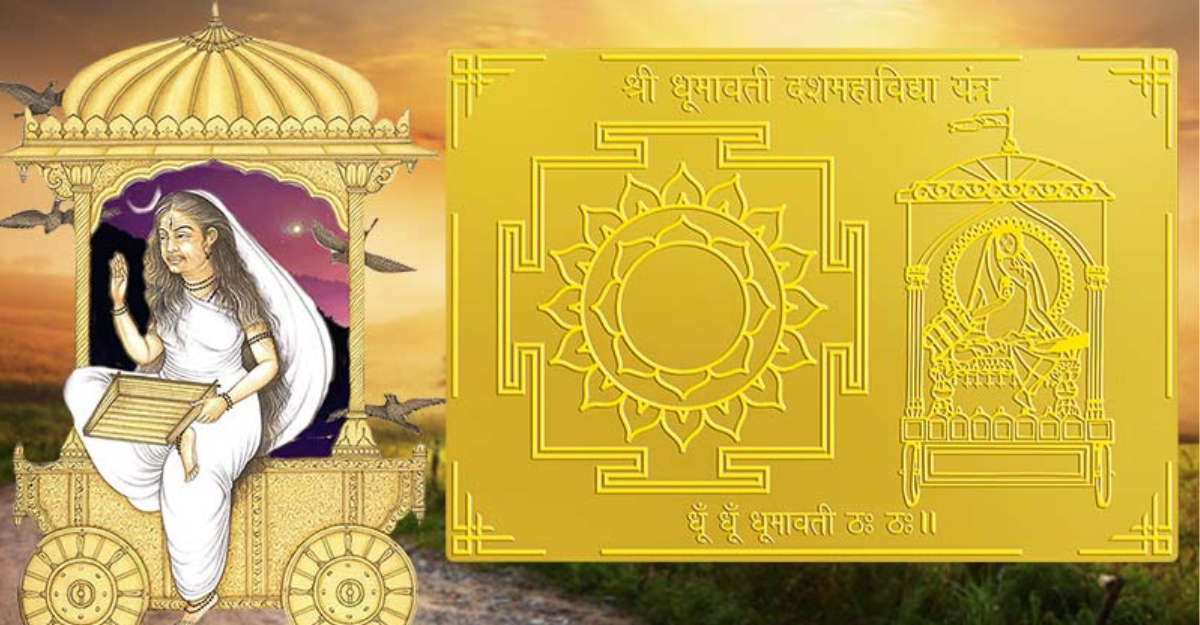



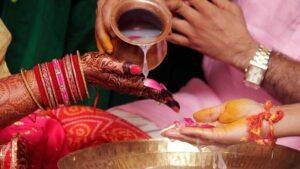

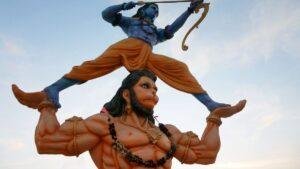





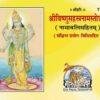





Add comment